CRM Benefits for the Whole Organization
Not all that long ago, the decision to implement a CRM involved huge trade-offs. A CRM that was very functional from a sales standpoint had very limited functionality for the operations/customer service team. Customer service applications lacked sales functionality. Marketing automation applications were stand-alone and did not inherently integrate with the CRM.
There will always be trade-offs when making decisions, but CRMs have significantly evolved to enable functionality for the whole organization. As you might imagine, the benefits for each department are different.
Let’s dig into each department and look at some of the benefits that modern CRM offers today’s business.
Sales
The CRM benefits for sales make it a lot easier to convince the sales team to make a CRM change than it used to be!
- Improved win/lead conversion rates – That’s the big idea, right?
- Team productivity – Automation like templated content enables you to make more touches in less time while controlling the message.
- Accurate Forecasting – When configured and used correctly, forecasting is simple!
- Rep Development- Reporting of the right metrics helps leaders take the right actions to develop individual reps.
Marketing
There was a time when marketing folks used to buy their own technology. Those days are gone:
- Improved lead flow – Segmentation allows you to hone and improve your message, and downstream, closed-loop reporting helps marketers know which tactics and messages are turning prospects into clients.
- ROI – Closed-loop reporting enables attribution to help with this age-old challenge
- Share of wallet – Marketing has always marketed to prospects. Managing clients in the same system allows you to market to your clients as well.
Client Success
Stand-alone client/customer success teams limited the visibility of the sales and marketing touchpoints of the prospect journey. No longer!:
- Customer/Client Sat – Having a 360-degree view of the client puts actionable insight in front of your Customer Success team.
- Productivity – Enhanced communication channels and built-in automation enable you to meet customers where they are and provide the correct response.
Admin/Finance
Integration and inherent back office functionality have recently brought admin and finance to the CRM party. How do they stand to gain?
- Billing/payment integrations and streamlined processes – Many CRMs go beyond the proposal and integrate contracting into the CRM.
- Billing accuracy – Automation reduces errors!
- View of history – Visibility marketing, sales, and client success interactions help support your AR team.
IT
Not only do IT teams support CRMs they also provide functionality to them.
- Departmental productivity/costs – Most CRMs reduce administrative reliance. Much of the admin is enabled at the departmental level by the users that know what they need, reducing the burden on IT.
- Security – New CRMs need to provide levels of security that were not previously imagined in old CRMs.
- Integration – New CRMs need less integration because of their Improved functionality. When integration is needed, new CRMs provide a lot more flexibility.
- Mobile enablement – Today’s mobile workforce enables IT to give users the access that they need on the go.
Leadership
A fully functional CRM is a huge asset from a strategic perspective:
- Business planning – When the CRM is humming, it is much easier to gauge future performance and to support strategic decision making.
- Cross-functional Alignment – When departments use different applications, there is less of a need to be aligned. However, that also increased the need for someone to pull everything together. A fully functional CRM promotes cross-functional alignment.
Conclusion
The evolution of CRMs has been a massive enabler to the success of a business that properly takes advantage of the opportunity. That said, the decision for the right CRM is more complex.
Ensuring that all departments are engaged when shaping your CRM requirements is imperative. When done correctly, implementing the right CRM can be a substantial competitive advantage, improving communications, streamlining processes, enabling data-driven decision-making, and enhancing customer experiences.
Continue to read more about CRMS:
Make sure to download your “5 Steps for Scaling Sales and Growing Revenue” ebook.
#ModernCRM #EmpowerYourOrganization #DriveSuccess #DataDrivenDecisions #StreamlineProcesses #CrossDepartmentalEngagement #Convergo




